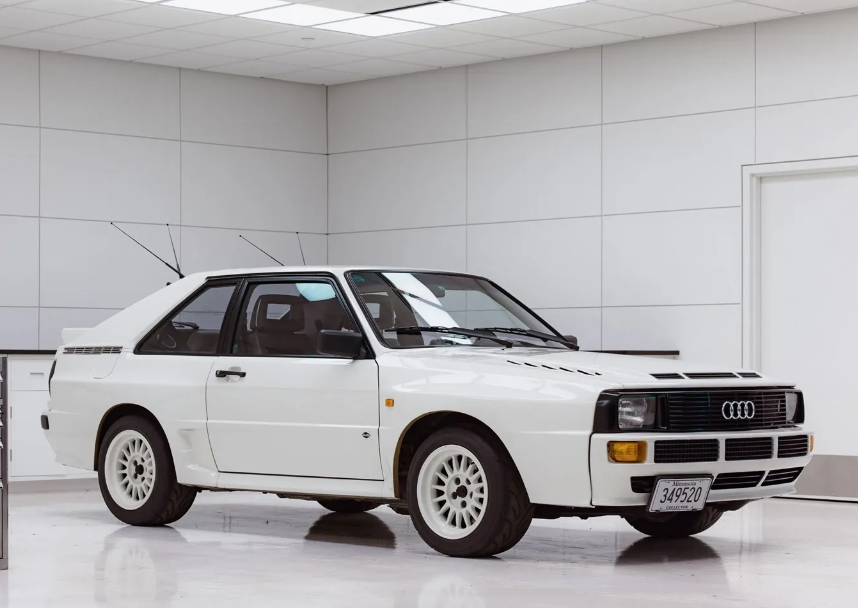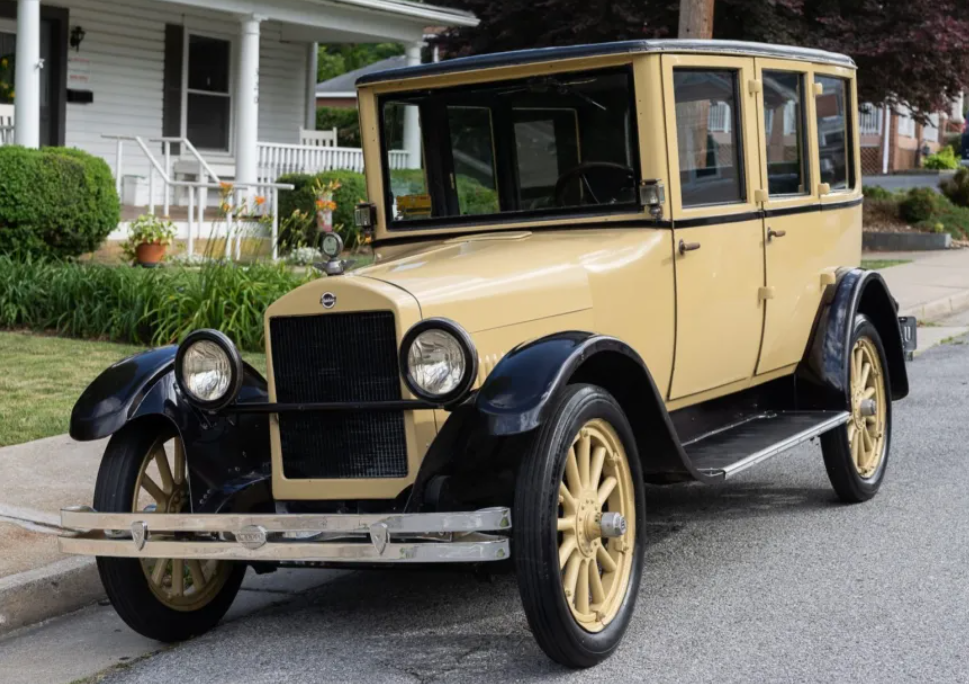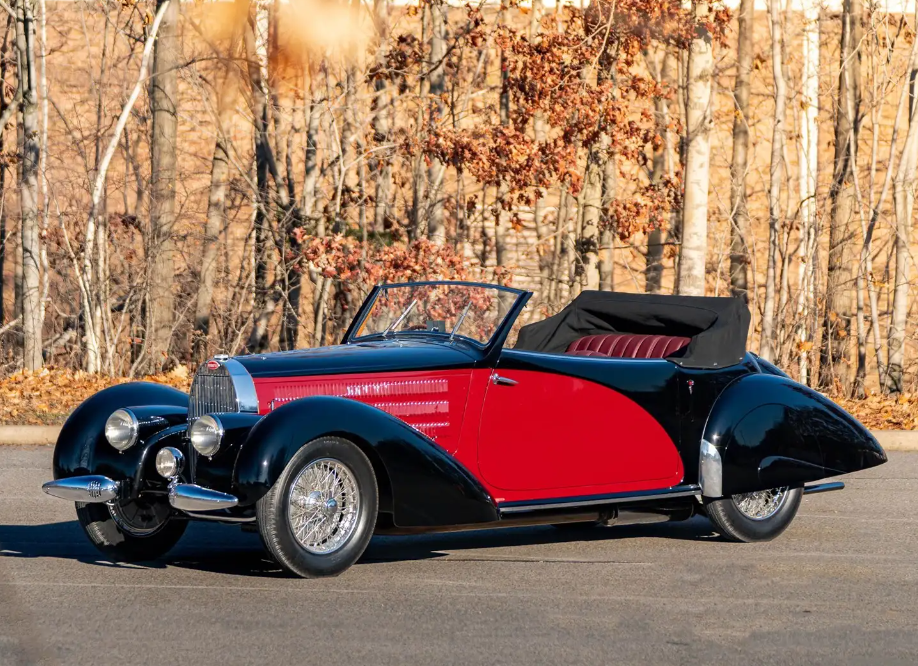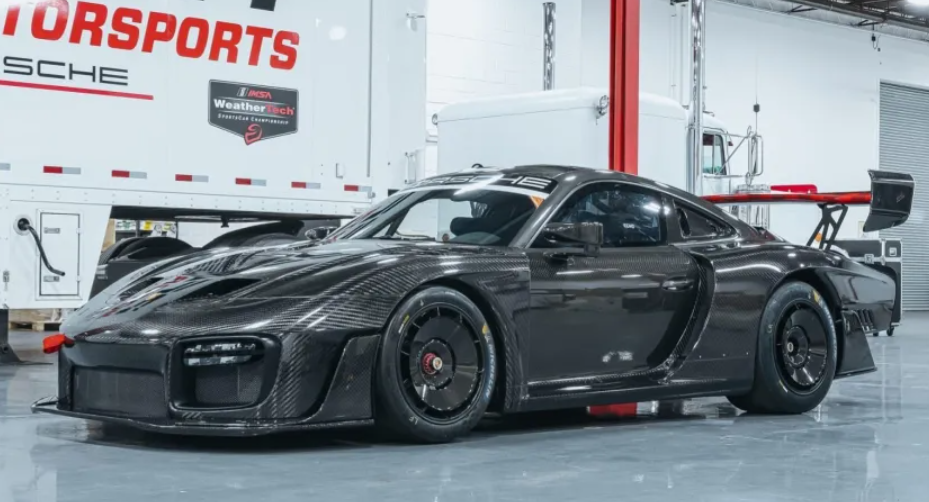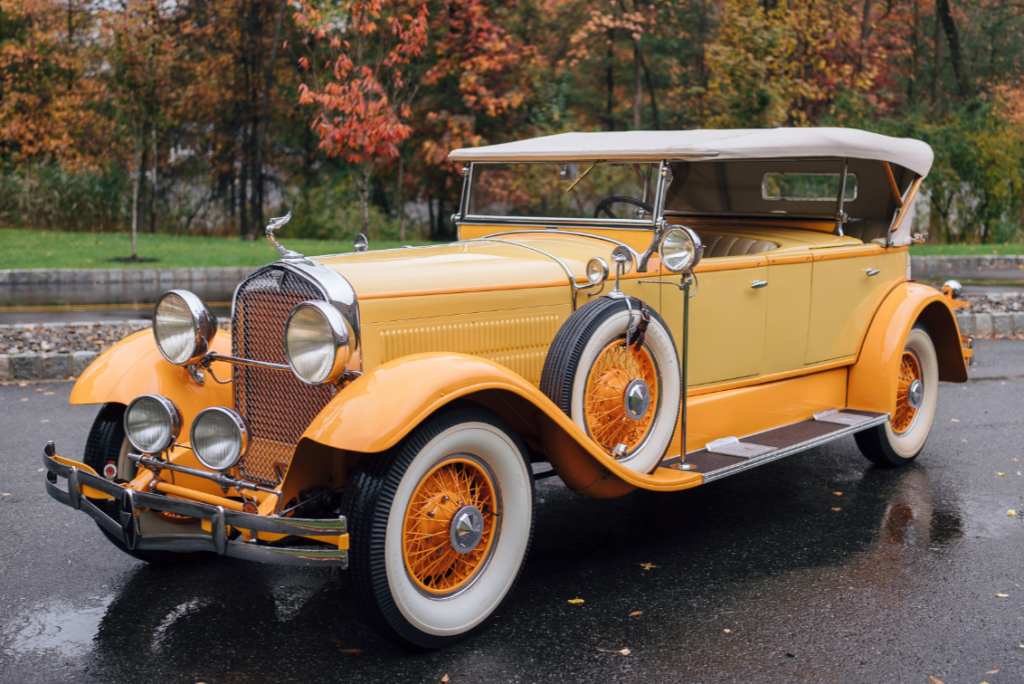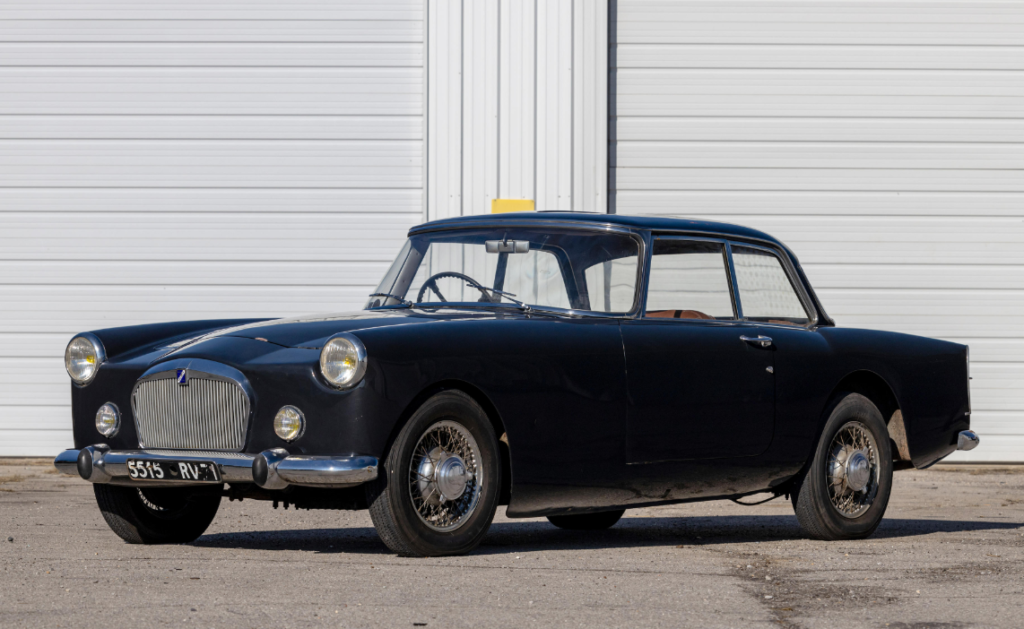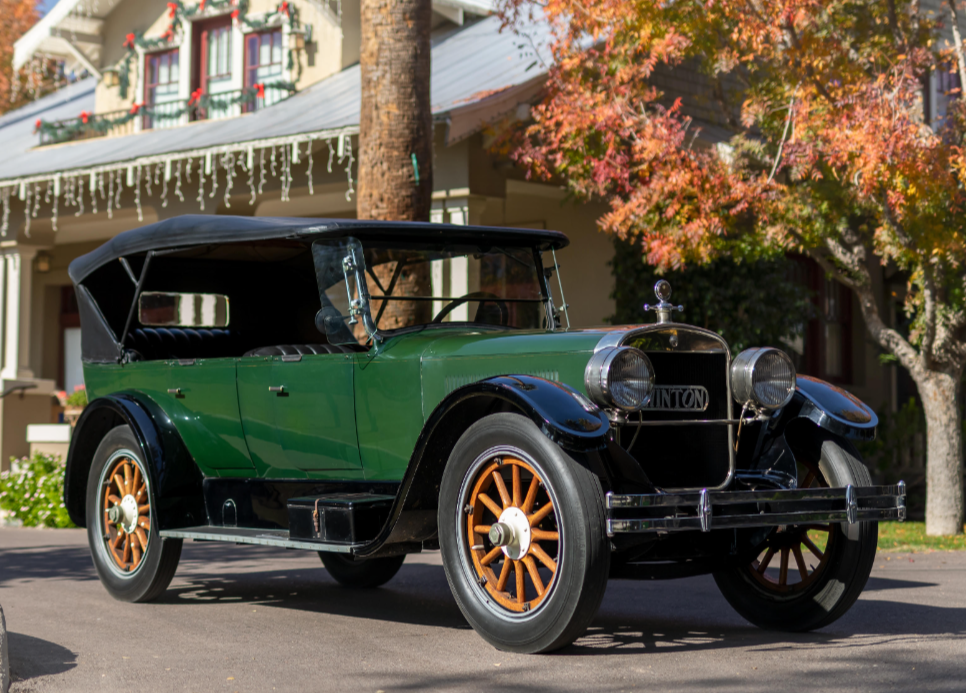1915 Paige Six Fairfield Touring
Offered by Bonhams | Paris, France | February 1, 2024

Paige Fairfield Touring could be somebody’s name. That’s one thing to love about Paige automobiles – they actually gave their models names, and as early as 1912. Not something that was very common. Paige-Detroit came into being when Henry Jewett bought into Fred Paige’s car company, only to realize that the Paige-Detroit was garbage. He forced Fred out and changed the name to just Paige before beginning production on a better car of 1911.
Paige soldiered on until 1927 when Jewett sold the company to Graham Brothers. Paige sold 7,749 cars in 1915, their first year for six-cylinder cars (which is all they would produce thereafter). The 1915 Six is powered by a 29.4-horspeower inline-six, and three body styles were offered on that chassis.
This car moved to its current Belgian collection in 1981 and was restored there about five years later. Paige marketed their vehicles as “the most beautiful cars in America” – and while a stretch, this certainly is a handsome machine. $1,395 when new, it now has an estimate of $32,000-$43,000. More can be found here.
Update: Sold ~$20,529.

